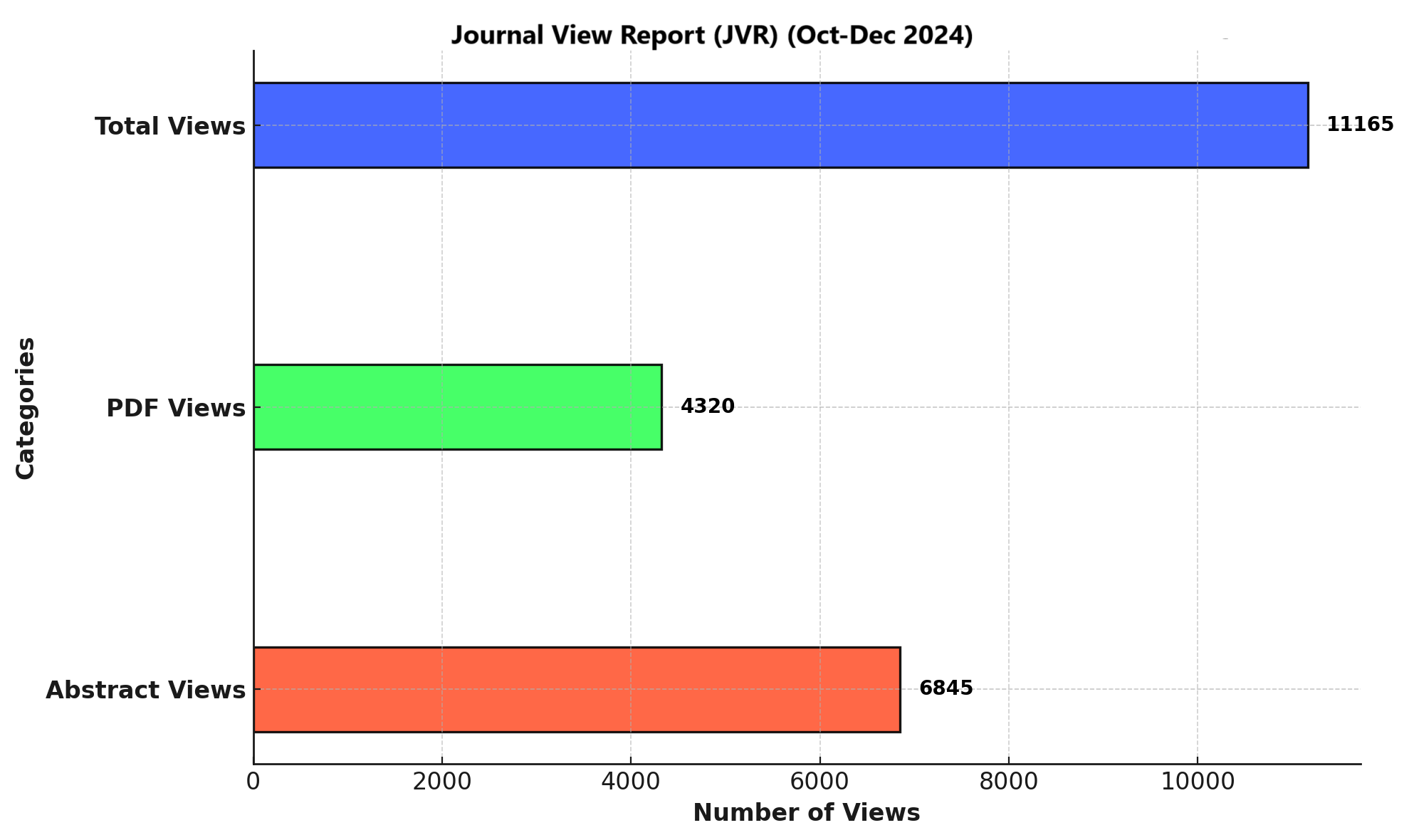SURVEY OF FUNCTIONAL LIMITATIONS ASSOCIATED WITH LONG STANDING WORKING HOURS AND FOOTWEAR AMONG FEMALES
DOI:
https://doi.org/10.71000/ijhr78Keywords:
Survey, Long Standing Working Hours, ankle pain, BMI impact, ergonomic interventions, female workers, footwear effects, functional limitations, musculoskeletal disorders, prolonged standing, rehabilitation sciences, standing occupations, workplace ergonomics, workplace healthAbstract
Background: Prolonged standing hours, footwear and BMI has a positive impact on functional limitations. Prolonged standing occupations are defined by the time in which employees spend more than 50% of their working shift in standing position. Up to 58% of women encounter musculoskeletal disorders associated with their occupation. Moreover, women face a 42% higher risk compared to men. Footwear acts as a crucial link between workers and their surroundings, impacting posture, movement patterns, and the distribution of forces across the body.
Objective: To find the prevalence of functional limitations associated with prolonged standing working hours and footwear among female workers.
Methodology: This cross-sectional survey study was conducted in pharmaceutical companies in Faisalabad over a period of 4 months. The study involved 278 female workers with standing jobs, selected using non-probability purposive sampling. Participants were aged 25-40, with at least one year of standing job experience, and spent over three hours daily standing. Exclusions included recent trauma, fractures, surgeries, congenital foot disorders, and pregnancy. Data was collected using the Foot and Ankle Disability Index (FADI) and analysed with SPSS version 20. Informed consent was obtained from all participants.
Result: In total 278 female participants were selected. The majority of participants (54.3%) were between 25-30 years old, with 42.1% having 4-6 years of working experience, and 61.5% standing for 7-8 hours a day. Most participants (37.1%) had a normal weight BMI, and 76.3% experienced foot and ankle pain.
Conclusion: This study shows high prevalence of functional limitations and has significant association with BMI, prolonged standing hours and footwear. In conclusion, the study found that foot and ankle pain is prevalent (76.3%). High heels, long standing hours, and high BMI increased the possibility of foot and ankle pain.
Downloads
Published
Issue
Section
License
Copyright (c) 2024 Muhammad Waqar Younas, Iman Tayyab, Esha Arooj, Zain Ali, Marium Zafar (Author)

This work is licensed under a Creative Commons Attribution-NonCommercial-NoDerivatives 4.0 International License.







